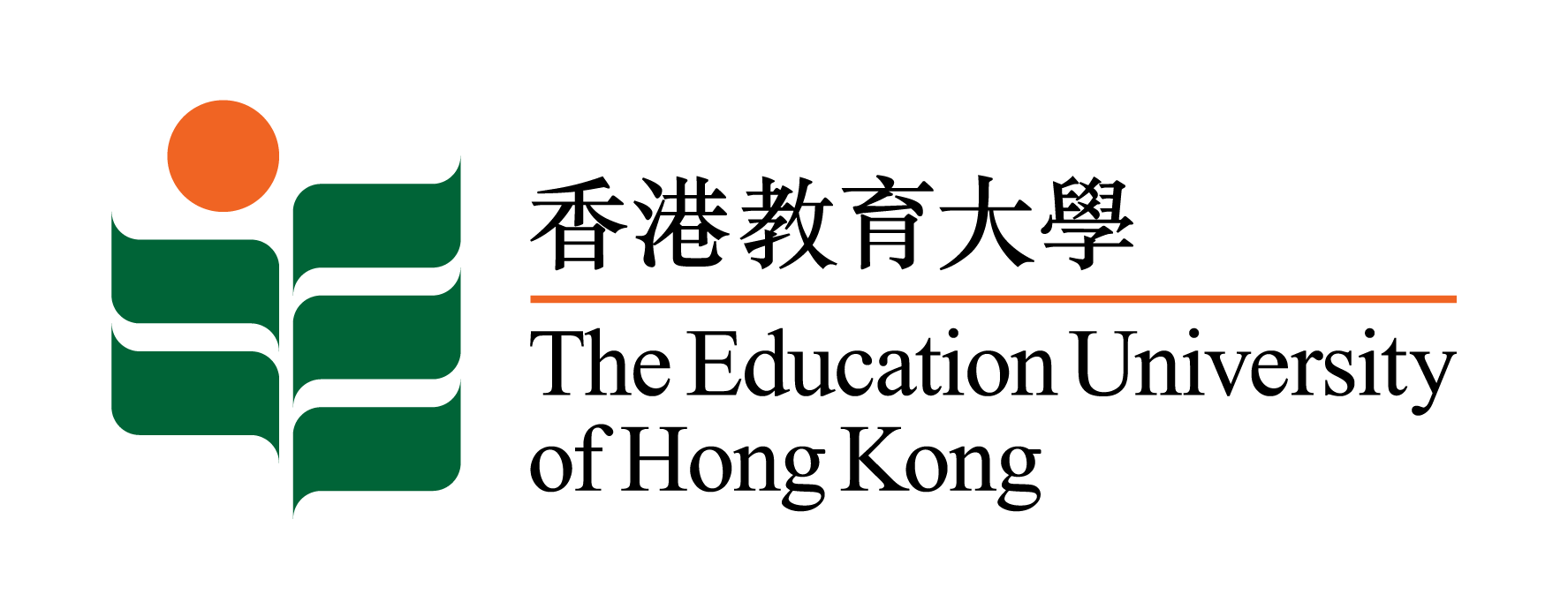Abstract:
The goal of the project was to explore the use of Future Classroom and develop self-directed professional development resources. During these seven months of exploration and research, a group of student helpers and three 6-8 years old children were invited to participate in this project. The way to explore Future Classroom was to apply various areas or devices in the lab to a series of real children’s exploration. The classes designed to guide children to explore multimodal learning in a STEM learning context. At the same time, the research team members recorded the classroom data in the real-time video to analyze children’s learning needs and feedbacks. The whole team discussed and revised activity design for the next stage for each class situation after every practical class. In using the Future Classroom, the research team mainly explored the actual application of 3D Printing, AR and VR technology in children’s playful learning, and the impact on children’s multi-modal learning outcomes. Besides, by recording and practically operating various devices in Future Classroom, the research team also created a self-directed package, which included one Manual book, eleven short practical class videos, and a user-friendly webpage for the future users.
Code:
T0219
Principal Project Supervisors:
Start Date:
10 Dec 2018
End Date:
31 Jul 2019
Status:
Completed
Result:
The concrete results of the project were to provide convenient self-learning resources for future users and teaching support for students. PD package was a resource for future users to learn and pilot Future Classroom by themselves. PD package included one Manual book, eleven short practical class videos, and one user-friendly webpage. The Manual book can guide future users to familiarize and directly operate the equipment in the Future Classroom, as well as solutions in particular situations. Eleven short practical class videos can provide future users with a primary and easy-to-use teaching process and classroom reality. They also can stimulate their more creative use of ideas for Future Classroom. The webpage was an easy-to-use and user-friendly Future Classroom online platform designed using Google site. It can provide users with technical guidance and support, as well as interactive communication. In the future, users can not only find the operating instructions of the devices on the webpage but also quickly develop their first-class experience through costly cases and videos. The research results of this project also provided sufficient teaching supports for students enrolled in ECE 1046 course. Future Classroom was a new learning lab in EdUHK, which can support teachers and students to learn and apply relevant high-tech in their future teaching careers. Relying on the traditional teaching materials and examples are not enough to facilitate teachers and students to understand and apply. This project provided them with full teaching supports, including teaching demonstration cases, equipment operation instructions, and workshops. After that, 36 students had designed six different and creative teaching activities. Students' group assignments and reflections positively indicated that this project has essential inspiration for their future teaching.
Impact:
This project had a significant positive effect on students' learning motivation and engagement. 36 ECE 1046 students designed six different teaching plans for children after understanding the operation of devices in the lab and watching the demonstration classes. The six groups of teaching plans involved different areas of teaching fields for children, such as Art and creativity, Language, Self and Society, Nature & Living, and Science. In each plan, students had combined the devices/ digital technologies in different ways they had learned. They had extended more creative application methods and relevant techniques. During the exploration process, this project also found, tested and screened a list of new technologies and application methods, such as preschool education-related APP (eg. Book Creator, Stop Motion Studio and other digital technologies), 3D Printing technology-related production sites (Thingiverse, Cura, Qlone ), VR glasses suitable for young children (Google Cardboard, VR Box). The exploration idea of the project was "Design-Application-Reflection". Therefore, the creation of each case and the evaluation of every technology can guide future users to join and participate in the lab through this framework. The library bought two new 3D printers and one iFloor projector for the Future Classroom after several times of discussion and project demonstration. The project not only opened up different levels of self-directed packages from entry to in-depth use for future users but also accumulated complete research resources for users and researchers. The resources can support future researchers to explore and upgrade the Future Classroom easier. For prospective users, rich and detailed demonstrations also provided them with sufficient support. It will assist them in building confidence in using Future Classroom, and develop future learning and teaching.
Financial Year:
2018-19
Type:
TDG
